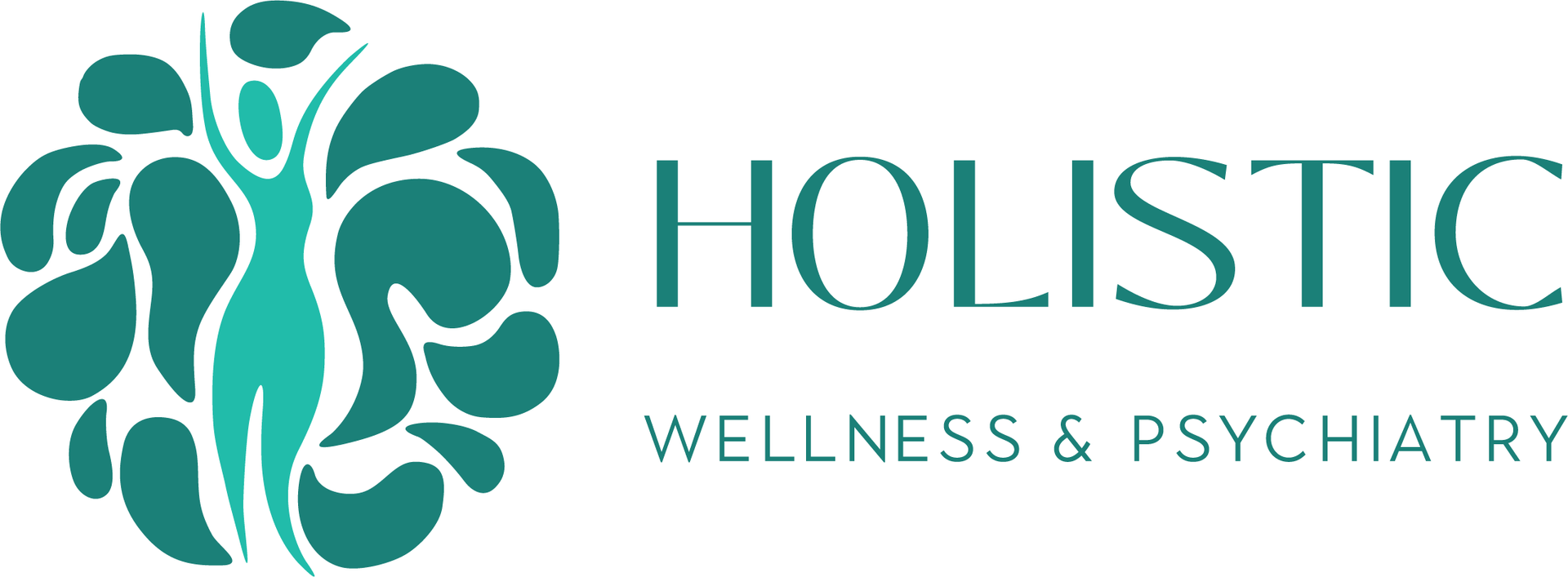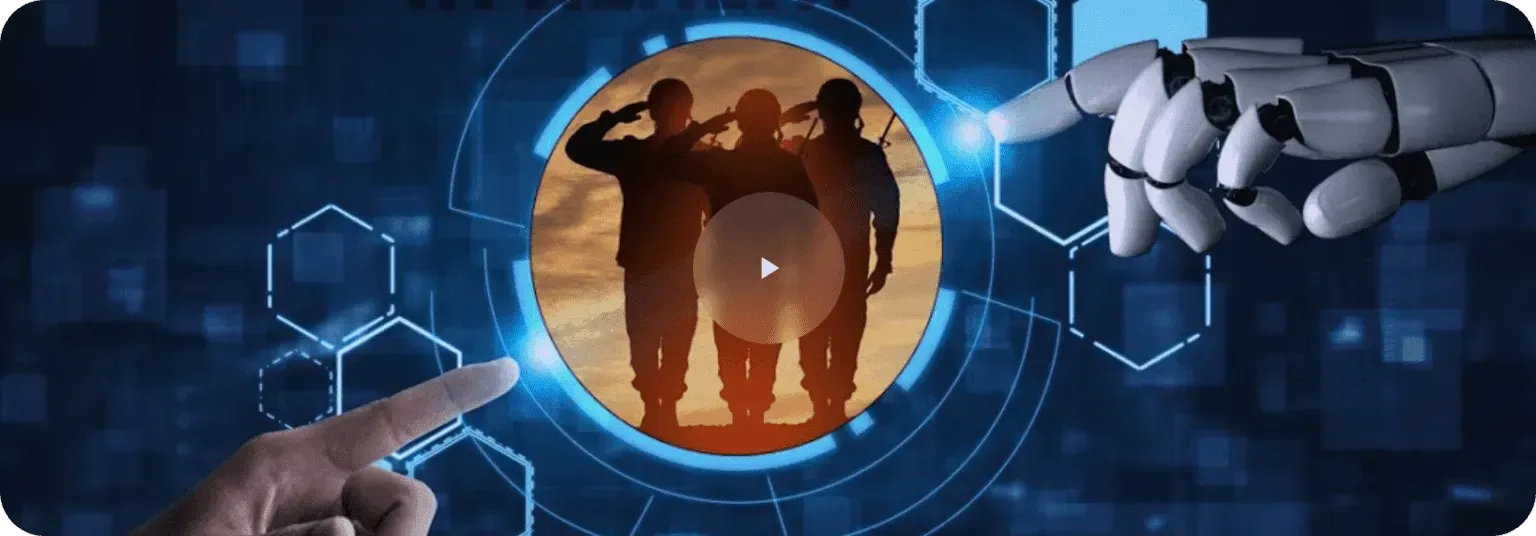NOW OFFERING KETAMINE ASSISTED PSYCHOTHERAPY
KETAMINE
Why Ketamine Assisted Therapy
Why Ketamine Therapy?
Ketamine was developed in 1962 as a safer version of PCP for anesthesia, as it is cardiovascularly stable and reduces the sensation of pain. Both ketamine and PCP are found in nature, as they are both produced by a fungus-like mushroom and have antiparasitic properties similar to ayahuasca. Thus, ketamine is a very safe and legal psychedelic that can bring about transformative healing for patients suffering from depression and trauma (including acute and chronic trauma, as well as attachment, transgenerational, and narcissistic abuse-related trauma). Ketamine is used in general surgery, trauma, and pediatrics because of how safe it is. The typical route of administration is intravenous (IV) or intramuscular (IM), but it can also be administered through highly vascular spaces in the body such as intranasally or sublingually.
Ketamine was first used in the Vietnam War to help reduce pain and mental anguish on the battlefield. It is currently being used all over the world with different protocols. When paired with specific Ketamine Assisted Psychotherapy, the durability of response is greatly enhanced. A typical course of IV or IM ketamine is twice weekly for 2-3 weeks, while low-dose ketamine delivered intranasally or sublingually takes 4-6 weeks or longer if needed.
Ketamine-Assisted Therapy
High Efficacy
Short Treatment Course
Sustained Effect
Low Cost
Traditional Therapies
Low Cost
Lifetime Treatment
Symptoms worsen off meds
High Cost
Please read more about the importance of creating a safe container and preparing for set and setting before KAP, as well as the power of setting intentions and integration after the experience.

Psychedelic Research
Psychedelic drug MDMA moves closer to U.S. approval following success in PTSD trials.
Long-awaited trial data show drug is effective at treating post-traumatic stress disorder in a diversity of people (published in one of the most prominent research publications in the world.
All psychedelics have different mechanisms of action, but all lead to similar widespread brain wave synchrony that leads to reduced entrenched beliefs and less rigid thoughts and behaviors that may have been adaptive during adolescence, but lead to stuckness and depression in adulthood.
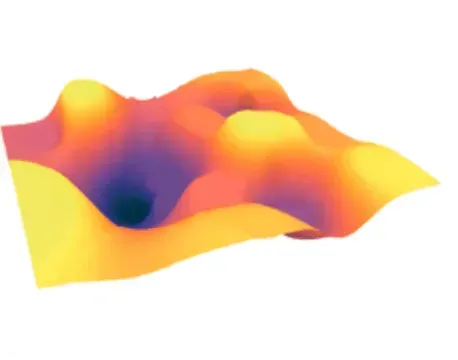
Depression
The depressed brain encourages rigid thought patterns that impact well-being. This can be viewed as a “landscape” with deep wells that make it difficult for patients to “move between” different thoughts and perspectives.
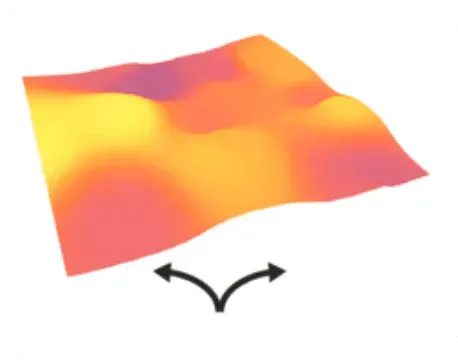
Psilocybin
Psilocybin therapy “flattens” the brain’s landscape and “opens up” the rigidity of the depressed brain to allow new thoughts, insights, and perspectives to emerge.
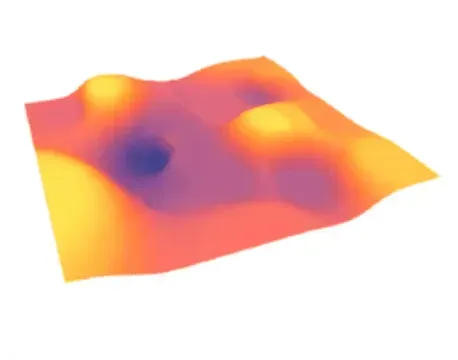
Post-treatment
Post-treatment, a flatter landscape makes it easier for patients to experience healthier flexibility and diversity in their thought patterns.
Images by Richard Daws, Kings College London
Holistic Wellness & Psychiatry is a platform that provides services to affiliated psychiatric medical practices which are independently owned and operated, and in no way owns, directs, or controls the mental healthcare clinicians providing care.
This website has been reviewed by Holistic Wellness & Psychiatry and should not be used as medical advice in place of a licensed psychiatric clinician.
If you are in a life-threatening situation, don’t use this site. Call 988 or text 741-741 or call 911 or visit your nearest emergency room.
© 2024 Holistic Wellness & Psychiatry.
All Rights Reserved.
CEDAR RAPIDS, IOWA
Address
42 7th Ave SW, Suite 100
Cedar Rapids, IA 52404
Main Phone
(319) 800 2125
Fax
ST THOMAS, US VIRGIN ISLANDS
Address
9151 Estate Thomas Foothills Bldg, #106
St Thomas, USVI 00802
Main Phone
(340) 244 9658
LONG BEACH, CALIFORNIA
Address
4429 E. Village Rd,
Long Beach, CA 90808
Main Phone
(319) 800 2125
